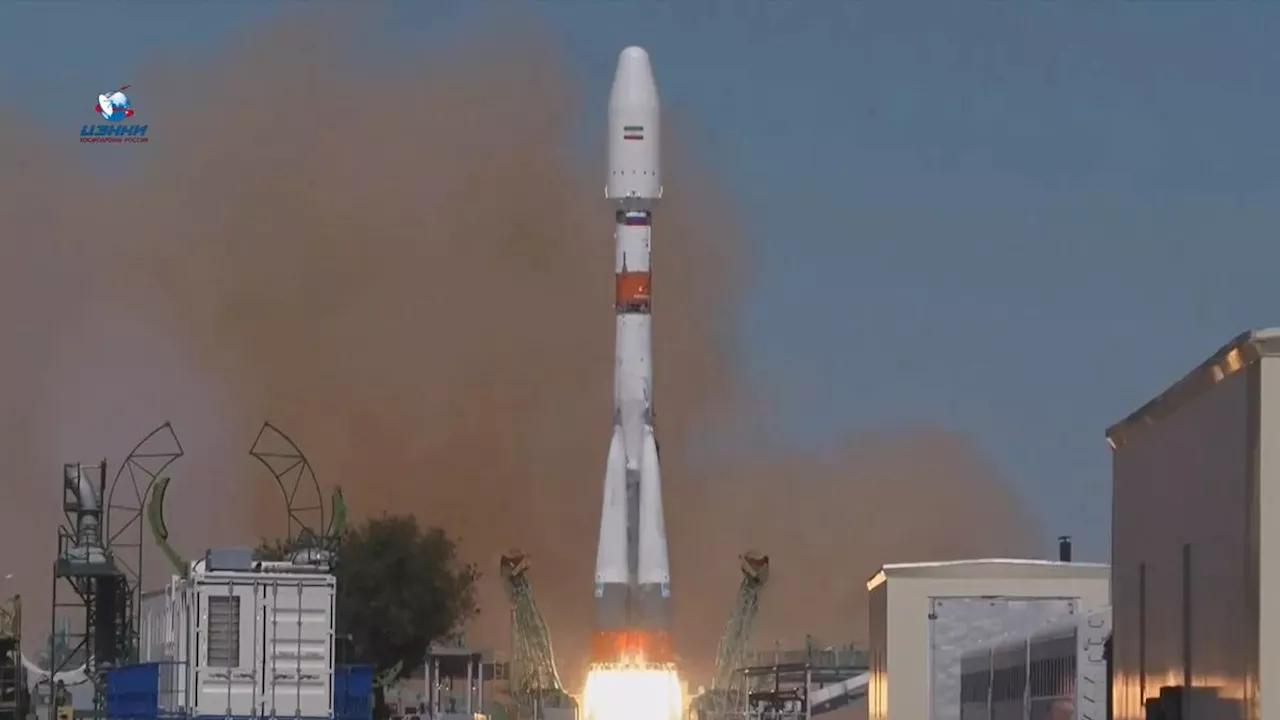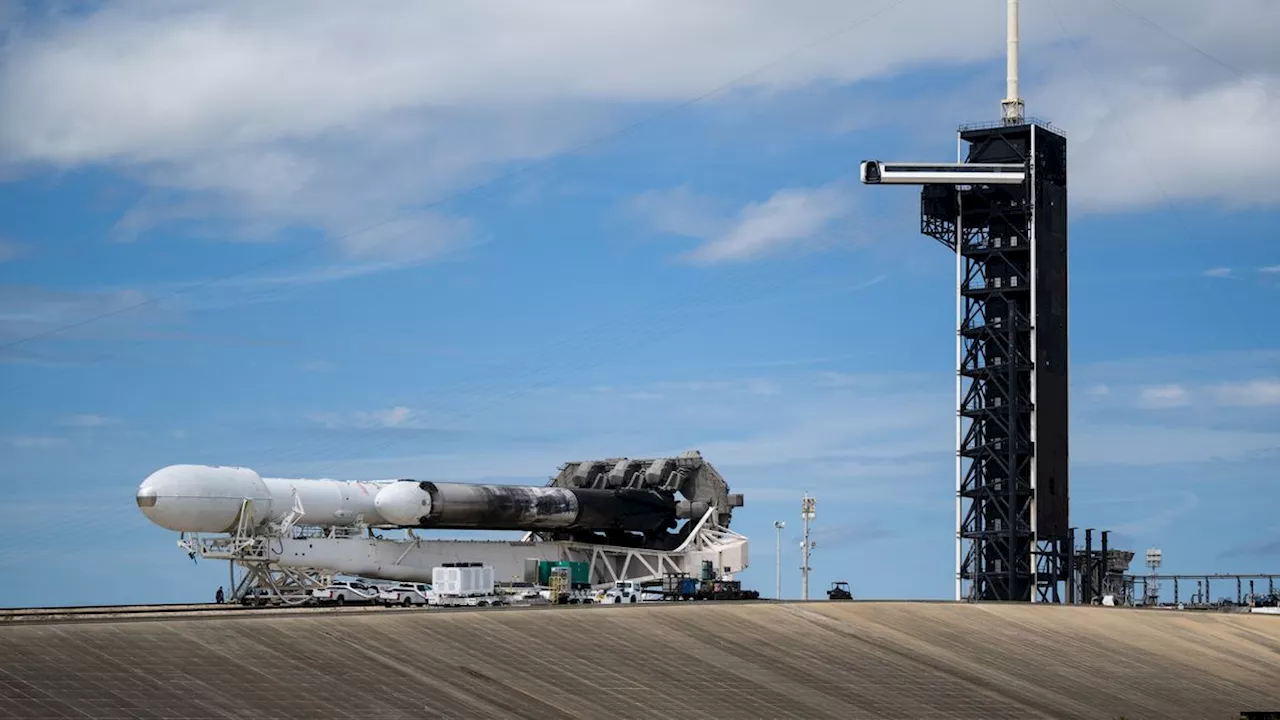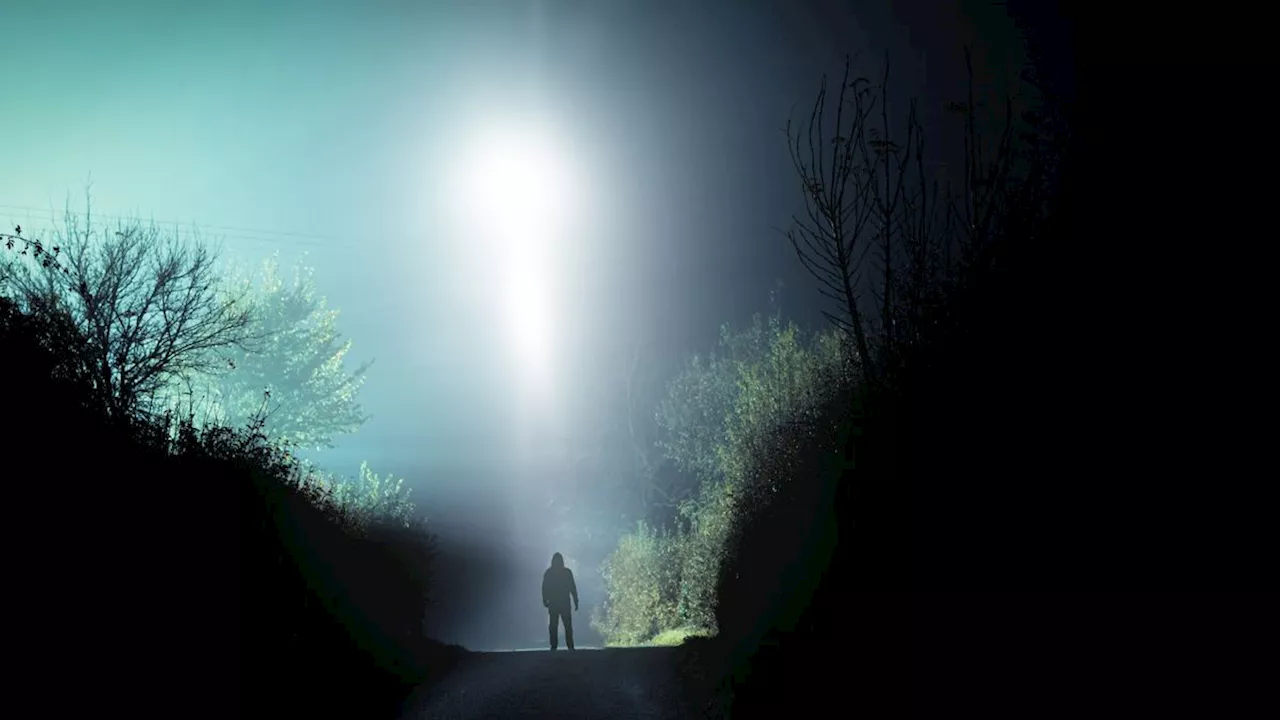Leonard David is an award-winning space journalist who has been reporting on space activities for more than 50 years. Currently writing as Space.com's Space Insider Columnist among his other projects, Leonard has authored numerous books on space exploration, Mars missions and more, with his latest being 'Moon Rush: The New Space Race' published in 2019 by National Geographic. He also wrote 'Mars: Our Future on the Red Planet' released in 2016 by National Geographic. Leonard has served as a corr
Regularly linked to alien-occupied flying saucers that have stopovers on Earth from the outer reaches of deep space is an equally puzzling enigma: Unidentified anomalous phenomena, or UAP, a new term that encompasses objects that can't immediately be identified that are detected in the sky, under water or in space or that appear to travel between these domains.
There have been several attempts since the 1950s to use specialized sensors to identify UAP, said Robert Maxwell, Executive Board Member of the."The problem has always been the unlikelihood of having a UAP show up where your high quality sensors happen to be located." The goal is to automate the identification process and check whether objects are natural , human-made , Loeb said,"or something from beyond Earth.". He notes that the Defense Department has used a wide variety of sensors to detect UAP in different circumstances, including electro-optical , infrared, and radar.
"So, in order to sift through all the chatter, the military establishes filters, akin to when a person searches for a used car online, effectively saying: 'Only show me things that meet this criterion.' It takes a mountain of data and turns it into a pretty large pile, and then people are stuck pouring over that pile to look for threats or issues," said Hollings.
Similarly, AI might eventually be able to detect stealth aircraft using existing radar arrays by just filtering the chatter — perhaps a capability useful to detect UAP to cull out a trend or pattern associated with them. An illustration of the U.S. Navy's laser-induced plasma filament patent, which can create a plasma-based decoy flare by using a laser source in order to counter surface-to-air and/or air-to-air missiles."Such a hologram would be capable of incredible speeds and maneuvers that seem to defy physics, may not produce a radar return, and could potentially be very convincing," said Hollings.
Deutschland Neuesten Nachrichten, Deutschland Schlagzeilen
Similar News:Sie können auch ähnliche Nachrichten wie diese lesen, die wir aus anderen Nachrichtenquellen gesammelt haben.
 Russia’s Once-Dominant Space Program Suffers Another Setback As Space Station Component LeaksI am a reporter with experience covering trending tech and business topics. Before joining Forbes as a breaking news reporter, I covered tech and business news at Insider where I started as a fellow on the Careers team. I graduated from UNC Chapel Hill in 2021 with a double degree in journalism and contemporary European studies. I'm interested in how emerging technologies, such as generative AI, will impact society, government, business, and power. Outside of work, I enjoy traveling abroad, lear
Russia’s Once-Dominant Space Program Suffers Another Setback As Space Station Component LeaksI am a reporter with experience covering trending tech and business topics. Before joining Forbes as a breaking news reporter, I covered tech and business news at Insider where I started as a fellow on the Careers team. I graduated from UNC Chapel Hill in 2021 with a double degree in journalism and contemporary European studies. I'm interested in how emerging technologies, such as generative AI, will impact society, government, business, and power. Outside of work, I enjoy traveling abroad, lear
Weiterlesen »
 Watch China launch more classified Yaogan spy satellites (video)Andrew is a freelance space journalist with a focus on reporting on China's rapidly growing space sector. He began writing for Space.com in 2019 and writes for SpaceNews, IEEE Spectrum, National Geographic, Sky & Telescope, New Scientist and others. Andrew first caught the space bug when, as a youngster, he saw Voyager images of other worlds in our solar system for the first time. Away from space, Andrew enjoys trail running in the forests of Finland. You can follow him on Twitter AJ_FI.
Watch China launch more classified Yaogan spy satellites (video)Andrew is a freelance space journalist with a focus on reporting on China's rapidly growing space sector. He began writing for Space.com in 2019 and writes for SpaceNews, IEEE Spectrum, National Geographic, Sky & Telescope, New Scientist and others. Andrew first caught the space bug when, as a youngster, he saw Voyager images of other worlds in our solar system for the first time. Away from space, Andrew enjoys trail running in the forests of Finland. You can follow him on Twitter AJ_FI.
Weiterlesen »
 Iran is seeking Russian assistance for a new spy satellite: reportsAndrew is a freelance space journalist with a focus on reporting on China's rapidly growing space sector. He began writing for Space.com in 2019 and writes for SpaceNews, IEEE Spectrum, National Geographic, Sky & Telescope, New Scientist and others. Andrew first caught the space bug when, as a youngster, he saw Voyager images of other worlds in our solar system for the first time. Away from space, Andrew enjoys trail running in the forests of Finland. You can follow him on Twitter AJ_FI.
Iran is seeking Russian assistance for a new spy satellite: reportsAndrew is a freelance space journalist with a focus on reporting on China's rapidly growing space sector. He began writing for Space.com in 2019 and writes for SpaceNews, IEEE Spectrum, National Geographic, Sky & Telescope, New Scientist and others. Andrew first caught the space bug when, as a youngster, he saw Voyager images of other worlds in our solar system for the first time. Away from space, Andrew enjoys trail running in the forests of Finland. You can follow him on Twitter AJ_FI.
Weiterlesen »
 National Coming Out Day: Houston LGBTQIA+ safe space hosts event for community to share their storyNational Coming Out Day is a day when both members and allies of the LGBTQIA+ community are encouraged to share their truth or support anyone who has decided to make their lifestyle choice public.
National Coming Out Day: Houston LGBTQIA+ safe space hosts event for community to share their storyNational Coming Out Day is a day when both members and allies of the LGBTQIA+ community are encouraged to share their truth or support anyone who has decided to make their lifestyle choice public.
Weiterlesen »
 'Potentially catastrophic' solar storm identified in ancient tree ringsDaisy Dobrijevic joined Space.com in February 2022 having previously worked for our sister publication All About Space magazine as a staff writer. Before joining us, Daisy completed an editorial internship with the BBC Sky at Night Magazine and worked at the National Space Centre in Leicester, U.K., where she enjoyed communicating space science to the public. In 2021, Daisy completed a PhD in plant physiology and also holds a Master's in Environmental Science, she is currently based in Nottingha
'Potentially catastrophic' solar storm identified in ancient tree ringsDaisy Dobrijevic joined Space.com in February 2022 having previously worked for our sister publication All About Space magazine as a staff writer. Before joining us, Daisy completed an editorial internship with the BBC Sky at Night Magazine and worked at the National Space Centre in Leicester, U.K., where she enjoyed communicating space science to the public. In 2021, Daisy completed a PhD in plant physiology and also holds a Master's in Environmental Science, she is currently based in Nottingha
Weiterlesen »
 SpaceX rolls out Falcon Heavy rocket for Psyche asteroid mission launch (photos)Michael Wall is a Senior Space Writer with Space.com and joined the team in 2010. He primarily covers exoplanets, spaceflight and military space, but has been known to dabble in the space art beat. His book about the search for alien life, 'Out There,' was published on Nov. 13, 2018. Before becoming a science writer, Michael worked as a herpetologist and wildlife biologist. He has a Ph.D. in evolutionary biology from the University of Sydney, Australia, a bachelor's degree from the University of
SpaceX rolls out Falcon Heavy rocket for Psyche asteroid mission launch (photos)Michael Wall is a Senior Space Writer with Space.com and joined the team in 2010. He primarily covers exoplanets, spaceflight and military space, but has been known to dabble in the space art beat. His book about the search for alien life, 'Out There,' was published on Nov. 13, 2018. Before becoming a science writer, Michael worked as a herpetologist and wildlife biologist. He has a Ph.D. in evolutionary biology from the University of Sydney, Australia, a bachelor's degree from the University of
Weiterlesen »
